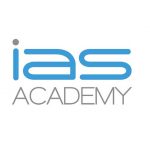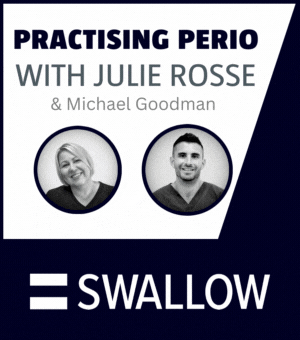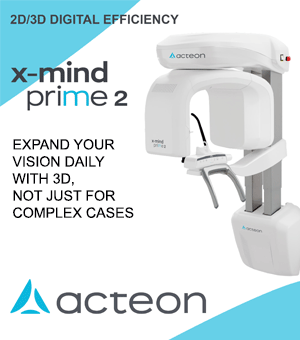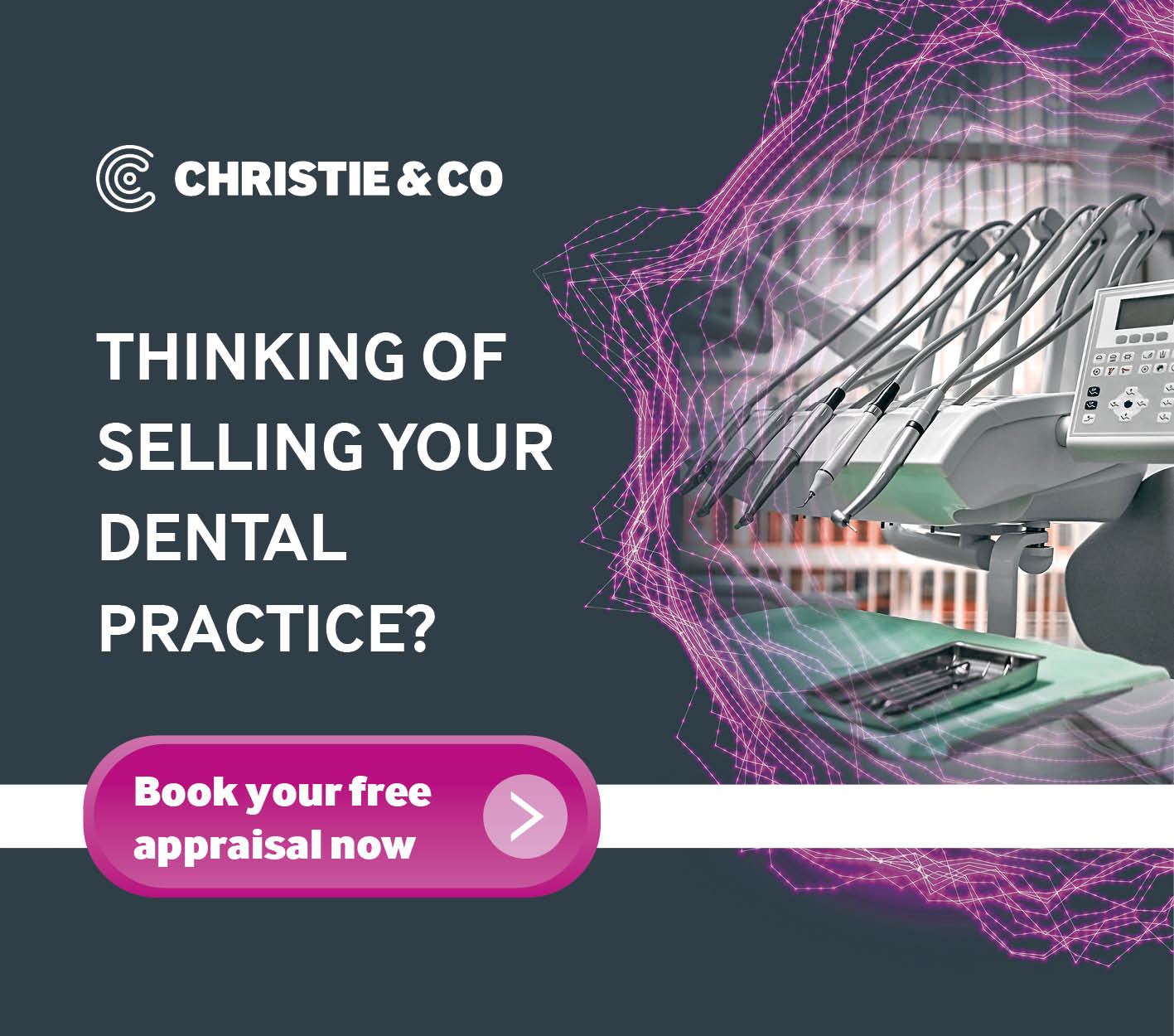A female patient presented with concerns about the appearance of her teeth. In particular, she didn’t like the protrusion of her UL2, which she felt had become worse over time.
She was a long-time patient of the practice, having visited since she was a child. Her medical history demonstrated that she was fit and well, took no medications and had no allergies. She was also a non-smoker and only occasionally drank alcohol.
The patient did have a history of dental anxiety and was prone to fainting. As a result of this and good oral hygiene, she had undergone little dental treatment in the past. She was getting married a year later and wanted to improve her smile and her confidence in time for her wedding.
Orthodontic assessment
A full orthodontic assessment was completed (Table 1), including two intraoral periapical radiographs that showed no abnormalities.
Table 1:
| Skeletal | Moderate Class II | |
| FMPA | Average | |
| Lower Face Height | Average | |
| Facial Asymmetry | None | |
| Soft tissues | Competent lips, average smile line, average naso-labial angle, no TMJ abnormalities, uneven gingiva that was higher on UR1, normal gingival biotype | |
| Overjet | 3mm | |
| Overbite | 50% overlap of incisors | |
| Crossbite | None | |
| Displacement on closure | None | |
| Incisor Relationship | Class II | |
| Molar relationship | Right: Class II ½ | Left: Class I |
| Canine Relationship | Right: Class II ½ | Left: Class I |
| Teeth Present | 87654321 | 12345678 |
| 7654321 | 1234567 | |
| Centrelines | Deviated to the right | |
All possible treatment options were detailed and discussed with the patient. These included:
- No treatment
- Retention only
- Alignment with an anterior orthodontic alignment device
- Referral to a specialist for fixed appliance treatment and surgery to correct the skeletal abnormality
The patient desired the convenience of treatment at her own dental practice, which she had been attending since she was born and was close to both her home and work. She knew and had confidence in the dentist and staff, which would help to alleviate her dental anxiety. She also didn’t want traditional fixed orthodontics, which she thought were unaesthetic and time consuming – plus this treatment may have required extractions. Instead, the patient sought an aesthetic, minimally invasive, time efficient and cost efficient solution. We therefore decided to proceed with the Inman Aligner and so checked suitability of the case.
Table 2:
| Problem List |
| Skeletal Class II base
Class II div I incisal relationship, with upper left dentition buccally displaced, upper centrals and upper right lateral rotated Class II canine relationship on right hand side Class II molar relationship on right hand side Deviated centreline to the right |
| Ideal Treatment – Aims: |
| Correct skeletal Class II
Correct incisal Class II div I relationship, displacement of the upper left lateral, rotation of the upper centrals and upper right lateral, and align the lower arch |
| Compromised Treatment – Aims: |
| Correct incisal Class II div I relationship, displacement of the upper left lateral, rotation of the upper centrals and upper right lateral |
Treatment plan
The plan was to align the upper anterior teeth using the Inman Aligner with a midline expansion screw, performing IPR (Interproximal Reduction) and PPR (Progressive Proximal Reduction) as required. Following the ABB (Align, Bleach and Bond) concept, tooth whitening and composite edge bonding on the UR1 were offered to complete treatment. The patient agreed to edge bonding but was unsure about whitening at this stage. The importance of life retention was emphasised to the patient and we intended to use both a bonded and Essix retainer.
The Archwize™ digital crowding calculator was used to determine that 1.7mm of crowding was present in the upper arch. This was well within the Inman Aligner’s 3mm limit, confirming case suitability. The digital predictions for final outcome were emailed to the patient and upon her consent, impressions were used by the Inman Aligner laboratory to fabricate the appliance.
Treatment provision
The Inman Aligner with expander screw was fitted and IPR and PPR were performed progressively as planned. Composite anchors were placed at relevant times during treatment to help guide correct movement of the teeth. When the desired alignment had been achieved, composite edge bonding was performed with Venus Pearl (Kulzer) to even out the aesthetics of the anterior teeth. Impressions were taken for the bonded retainer and this was fitted. Impressions were then taken for the Essix retainer, at which point the patient changed her mind decided to proceed with whitening. Following night bleaching using Boutique Whitening 10% carbamide peroxide, impressions were taken for the final Essix retainers.
The patient was delighted with the outcome of treatment, which was completed in time for her wedding and in a relatively stress-free way.
Case appraisal
This case very much went according to plan. The patient’s compliance was excellent, and it proved effective to perform good IPR and PPR early on. The Inman Aligner enables simple but very effective treatment.
IMAGES
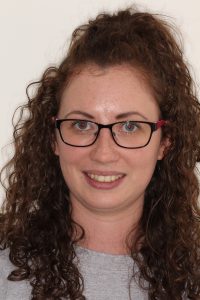
Figure 1 – pre treatment
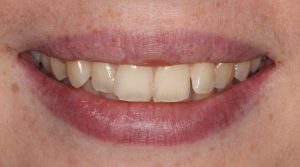
Figure 2 – pre treatment smile

Figure 3 – pre treatment right lateral

Figure 4 – pre treatment left lateral
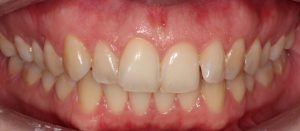
Figure 5 – pre treatment retracted
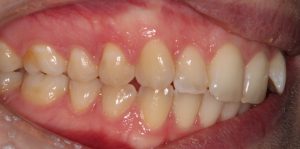
Figure 6 – pre treatment retracted right lateral
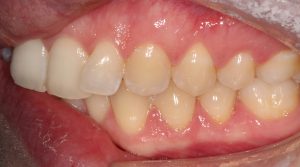
Figure 7 – pre treatment retracted left lateral
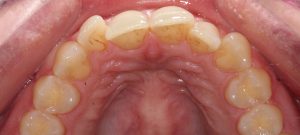
Figure 8 – pre treatment upper occlusal
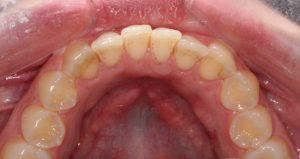
Figure 9 – pre treatment lower occlusal
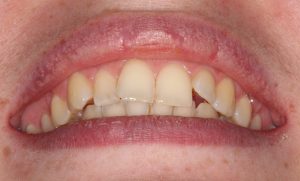
Figure 10 – pre treatment chin up
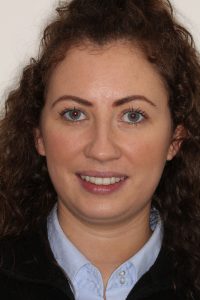
Figure 11 – post treatment
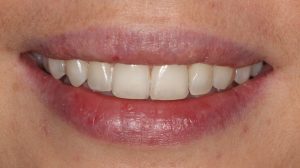
Figure 12 – post treatment smile
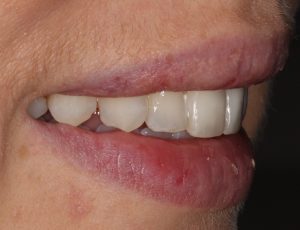
Figure 13 – post treatment right lateral
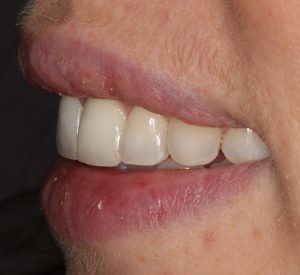
Figure 14 – post treatment left lateral
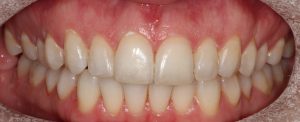
Figure 15 – post treatment retracted
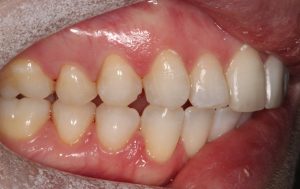
Figure 16 – post treatment retracted right lateral
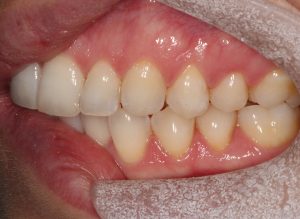
Figure 17 – post treatment retracted left lateral
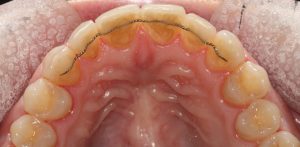
Figure 18 – post treatment upper occlusal
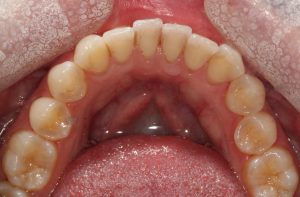
Figure 19 – post treatment lower occlusal
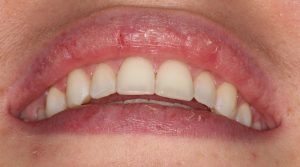
Figure 20 – post treatment chin up
For more information on upcoming IAS Academy training courses, including those for the Inman Aligner, please visit www.iasortho.comor
call 01932 336470 (Press 1)
Author bio:
Dr Wright graduated from QUB in 2008 with Honours and attained an MJDF in 2010. She began training with IAS Academy in 2013 and has since completed the Inman Aligner, ClearSmile Aligner and Ortho-Restorative courses.




